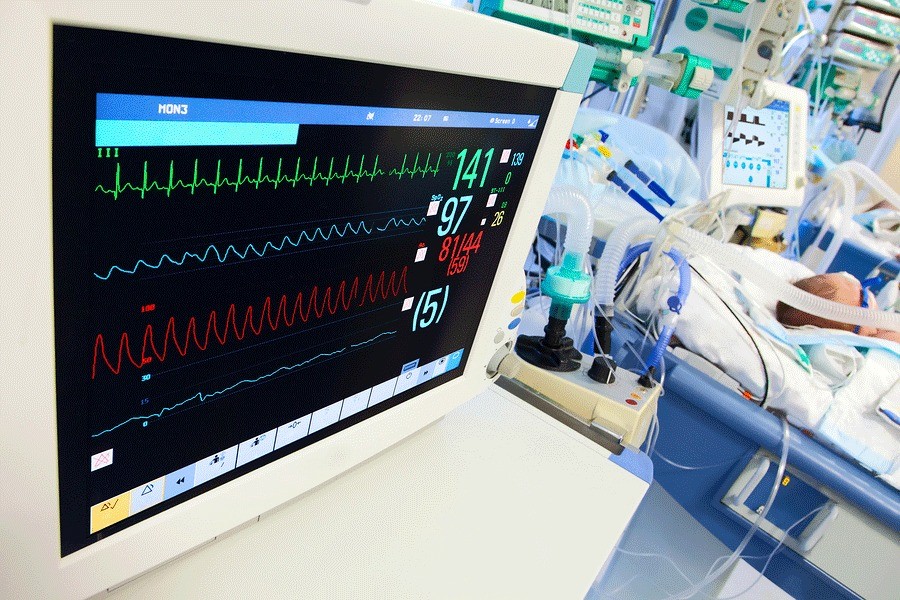
Published :
Updated :

Few people in Bangladesh know about the disease called hypoxaemia --- essentially a respiratory disorder and often fatal. Approximately, 42 per cent of children in the country suffer from the ailment. On the global scale, 73 million people fall victim to hypoxaemia each year. Of them 32 million are children. A worrying aspect of the ailment is that it is related to several respiratory disease-related medical conditions. They include pneumonia, malaria, sepsis, tuberculosis, chronic obstructive pulmonary disease, heart disease, asthma etc. Anyone suffering from hypoxaemia requires clinical oxygen support. But there is no guarantee that life-saving oxygen in hospitals will be available when needed most. The irony is, almost all large and mid-level hospitals in Bangladesh are equipped with technical facilities needed for supplying oxygen medically. Yet a large number of them continue to go through medical oxygen insecurity. The oxygen supply system exposed tragically during the peak of Covid-19 in the country still remains inadequate. Although oxygen distribution systems and pulse oximeter registered a gain from 6.0 per cent in 2014 to 12 per cent in 2017, it proved far short of requirement of an emergency like the pandemic.
In Bangladesh, there are three types of oxygen sources. They are compressed gas system, portable oxygen concentrator and liquid oxygen system. The medical oxygen crisis in general, especially its below par distribution during 2014 -2017, came up for discussion on the occasion of the presentation survey findings on November 9 in Dhaka. The event was organised for evidence-sharing with journalists. It was co-hosted by the ICDDR,B and Data for Impact (D41) to mark the World Pneumonia Day 2022. As had been expected, the importance of medical oxygen security received the prime focus at the event; it also stressed the prospects for the availability of oxygen therapy in Bangladesh, along with low-cost innovations. As the specialists have observed, innovative medical interventions can add to the health systems and address the medical oxygen security by putting into perspective the matter's pros and cons.
Coming to the 2-year havoc wrought by the Covid-19 in 2020-`21, the sufferings of Covid patients had more to do with a terrible crisis of medical oxygen than anything else. The miseries were alleviated to a large extent thanks to the humanitarian intervention of the US and India. At the peak of the pandemic, India pledged in 2021 to send two fully equipped medical oxygen plants to Bangladesh to help the latter cope with the dreadful pandemic. Besides, the Bangladesh government planned for setting up two medical gas plants for Tk 10 billion.
All these initiatives were taken up following the rise in deaths across the country caused by an unconscionable lack of oxygen supply --- in particular the acute dearth of the high-flow nasal cannula. Accelerated rise in Covid-19 deaths and terminally ill patients put premium on oxygen supply facilities in hospitals. It was at such a critical time that the cabinet gave initial nod to set up 30 medical oxygen plants. A good number of these initiatives, if not all, would have received green signal by now hadn't the Russia-Ukraine war broken out. But still the plants should be set up at least one, if not a few, at a time.


 For all latest news, follow The Financial Express Google News channel.
For all latest news, follow The Financial Express Google News channel.